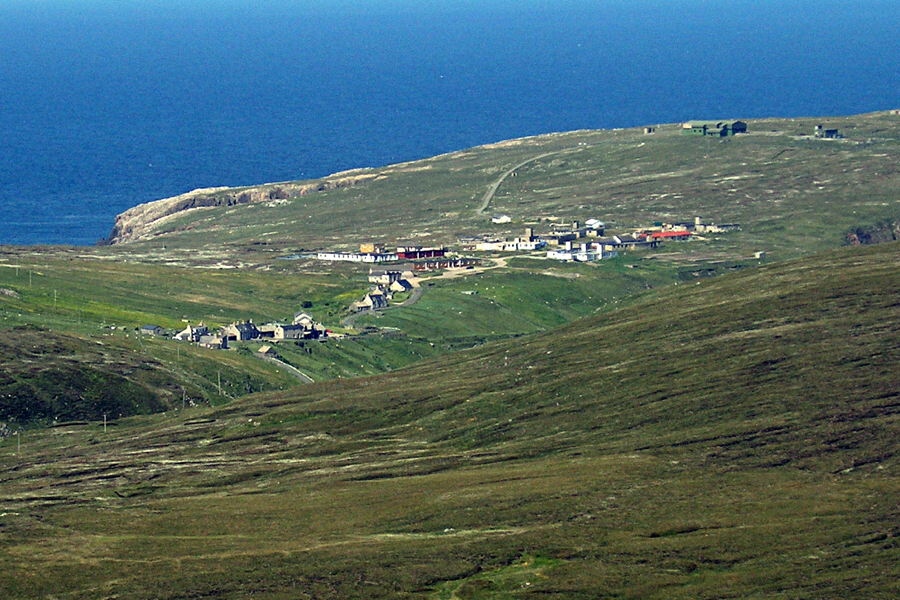Tag: aird (page 2)
audio: Archangel Tar and Sealskin
Aird Uig in 1959
A chapter from Uig, a Hebridean Parish (1960) by Madge Phillips.
The little township of Aird is an isolated and old-established crofting settlement along the western side of the steep and narrow valley of the Amhainn Gil na h-Airde three miles north of Crowlista. After leaving Loch Meacheit, the river flows northward through a gorge (at the mouth of which are the ruins of the old corn-mill) then across a narrow flood-plain into the rocky bay of Camus na h-Airde. The crofts, roughly fan-shaped in arrangement and varying in size from 3 3/4 to 7 acres, each originally included a narrow strip of the flood-plain, stretchng across from just beyond the right bank of the river, up the steep, rocky slope above the left bank and widening out over the more gentle slopes between the 100′ and 200′ contours. A number of the crofts were subsequently enlarged, gaining extra land on the right bank of the stream, whilst others received additional ground to the north or south.
The 1700 acres of common pasture stretch to the east and west of the crofts, across the peninsula which terminates in Gallan Head, extending to those of Crowlista and Valtos in the south. The whole coast is broken and rocky, the land inland is peaty, and Aird lacks the advantages of the machair land found further west. To the north of the village there is now an RAF radar station on Rudha Caol, built on what was part of the common pasture. It dominates the landscape and makes a considerable difference to the life of the inhabitants.
The township, though isolated, is reached by a good road which leaves the main road at the western end of Glen Valtos. Grocery vans call on Wednesday and Friday, a butcher’s van on Saturday, and the local people are also allowed to shop at the NAAFI within the Camp. The road through the village approximately follows the line of the 100’ contour and all the houses are built directly on to the road, with byres, weaving sheds and other buildings behind, whilst in most cases hens are kept on the steeper slopes below the road. The majority of the houses are stone with slate roofs and fairly large, though some of them have been built for more than fifty years. All have electric light and their own water supply and several have modern byres.


